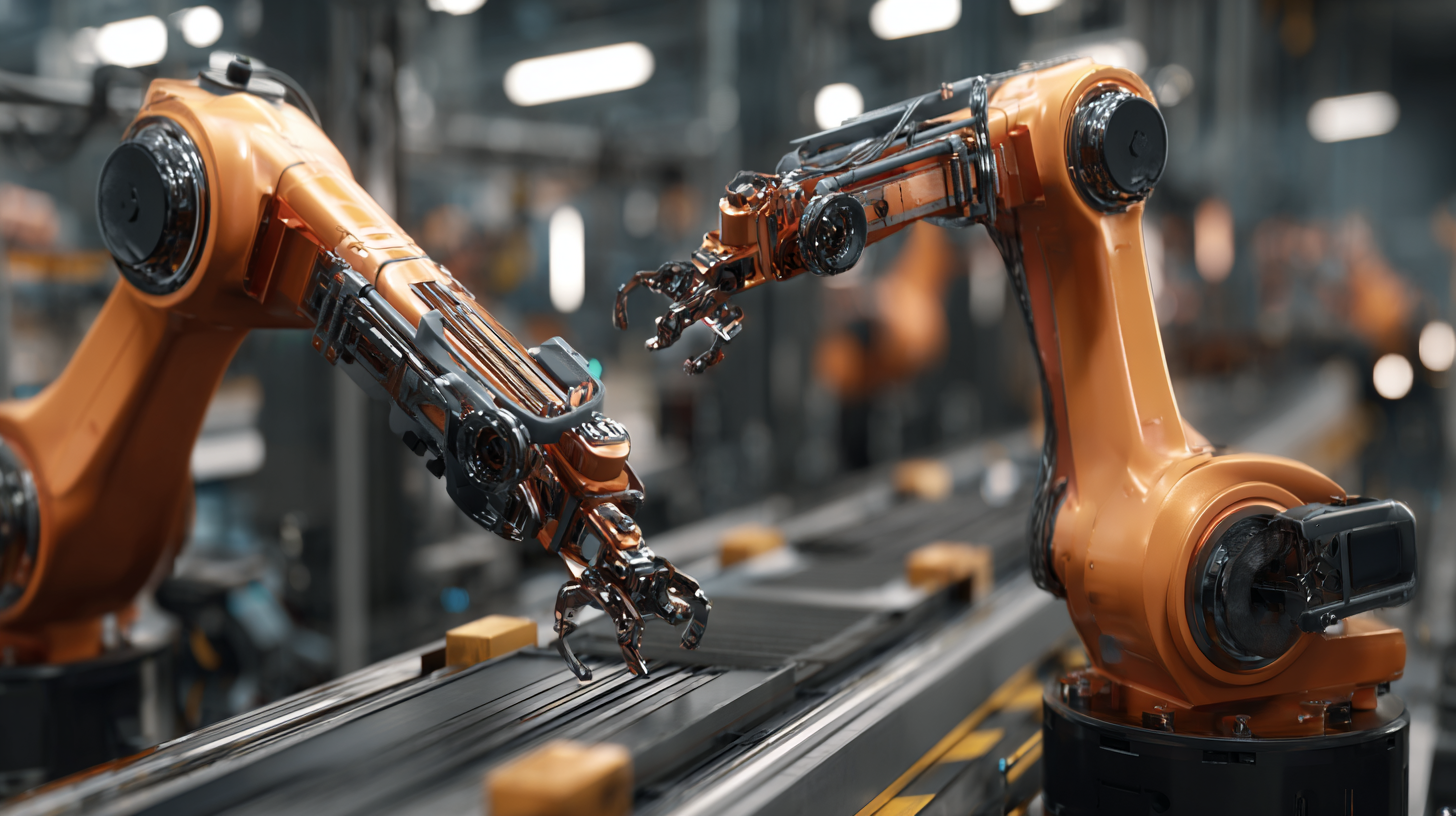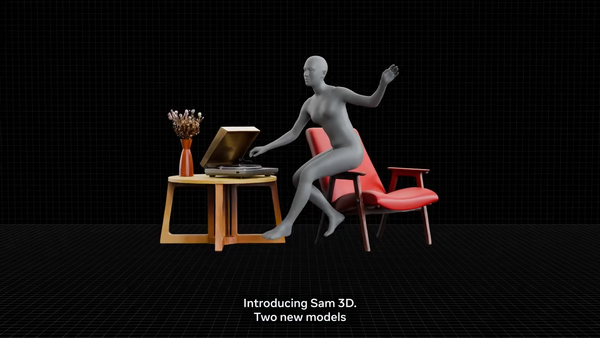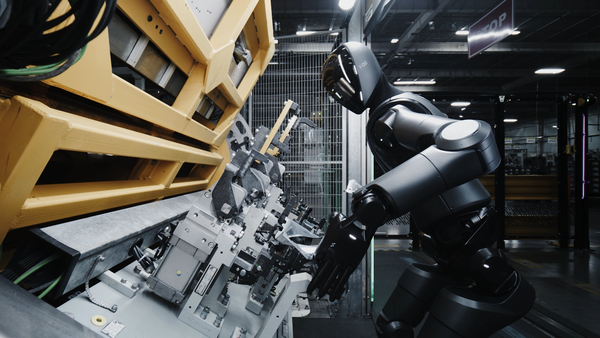VERSES Unveils Zero-Training Robotics System That Outperforms Leading Models

- VERSES’ new multi-agent robotics system outperformed the leading model on Meta’s Habitat Benchmark without any pre-training.
- It completed household tasks with a 66.5% success rate, compared to 54.7% for a deep learning model that required 1.3 billion training steps.
VERSES has unveiled a new multi-agent robotics system that can handle everyday tasks without pre-training. In tests, the system tidied rooms, put away groceries, and set tables better than other leading models.
“Currently robotics systems are often brittle, and need huge amounts of training data, which makes them expensive and prone to going wrong.” said Sean Wallingford former CEO and President of Swisslog, one of the world’s leading logistics automation companies, in a press release. “For instance, if you bring a robot to a new factory or ask it to do a different job, it will need a lot of re-training and may not be reliable. VERSES breakthroughs are exciting, because they offer an alternative approach. If we can deploy robots without training, they will be viable in a wide range of activities, from factories and warehouses to domestic and commercial applications.”
A study from VERSES’ research group, published under the title Mobile Manipulation with Active Inference for Long-Horizon Rearrangement Tasks, compared the company’s robotics system with a deep learning competitor on three assignments. The VERSES system completed 66.5% of these tasks successfully, while the leading alternative reached 54.7%. Unlike the competing model, which needed about 1.3 billion training steps to develop several skills for the tasks, the VERSES system worked with no prior training.
VERSES technology combines three modules, including vision, planning, and control. The vision module turns camera images into a map and understanding of the room. Planning breaks a goal, like setting a table, into smaller steps such as opening a drawer or placing cutlery. Control turns those steps into precise movements for the robot’s arms and body. Because each stage can adapt in real time, the robot can keep working even if something changes, like an object blocking its path or something it just dropped. The company says this flexibility makes it suitable for factories, warehouses, homes, and public spaces.
Source: YouTube / VERSES AI
🌀 Tom’s Take:
Cutting out billions of training steps could reduce deployment costs and expand robotics into more markets. This could make it easier to use robots in settings where conditions change frequently.
Source: VERSES






